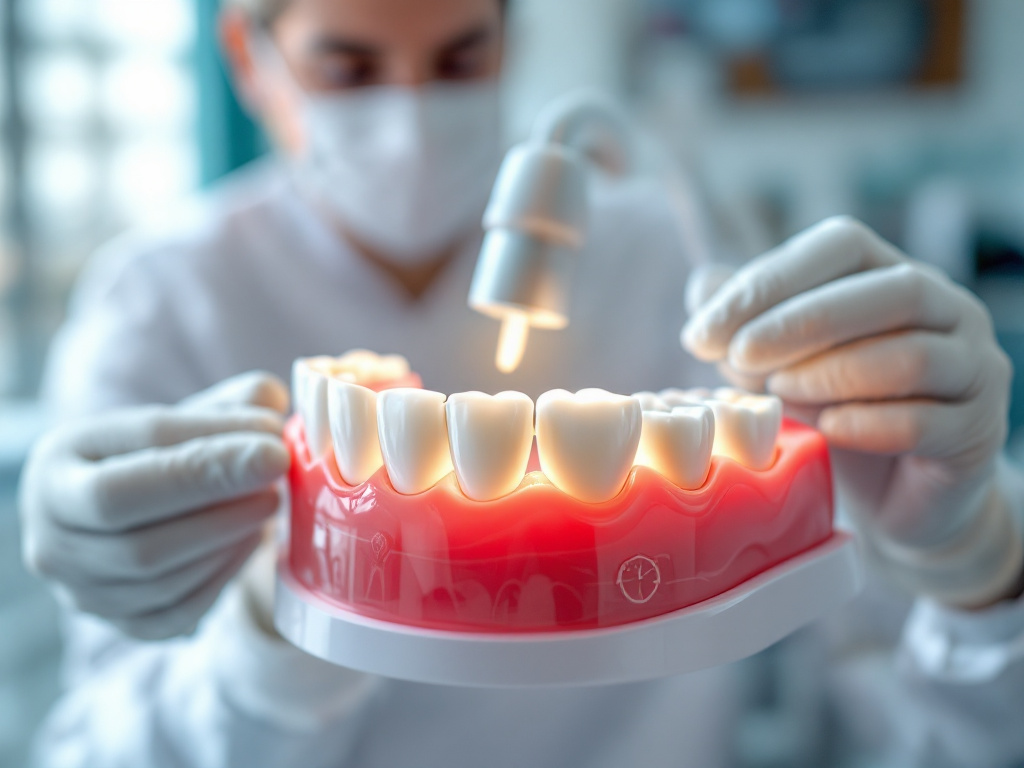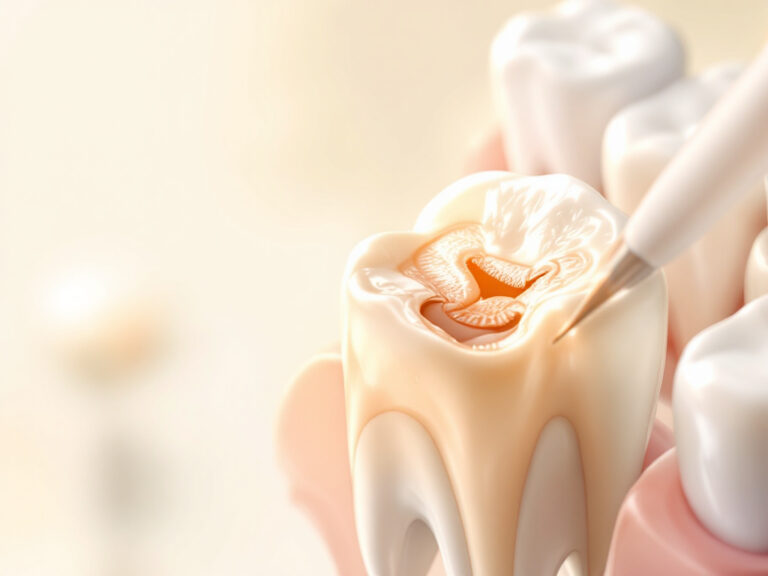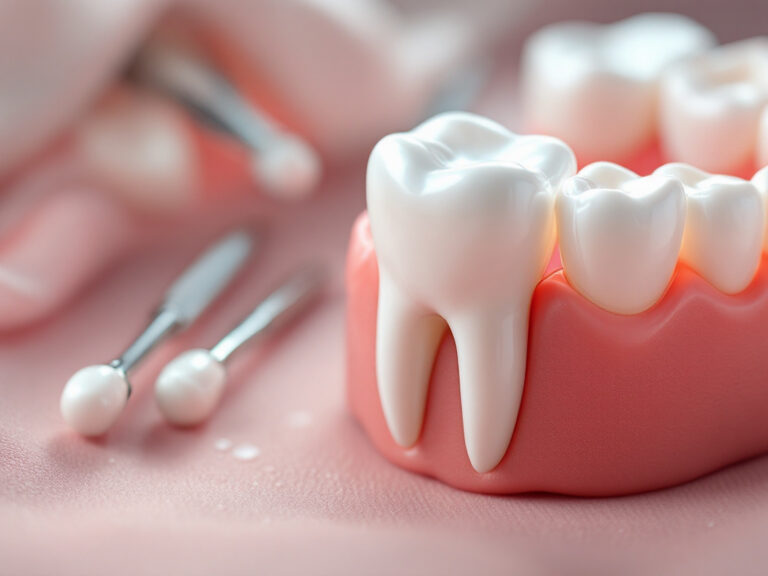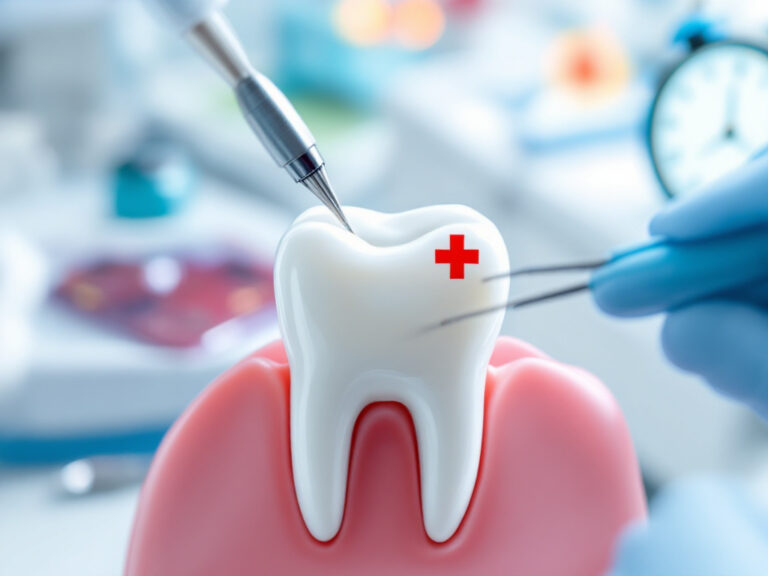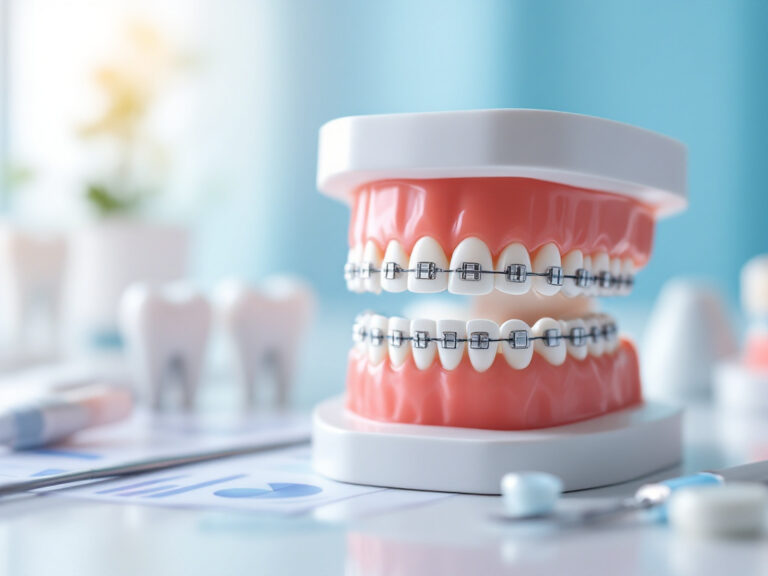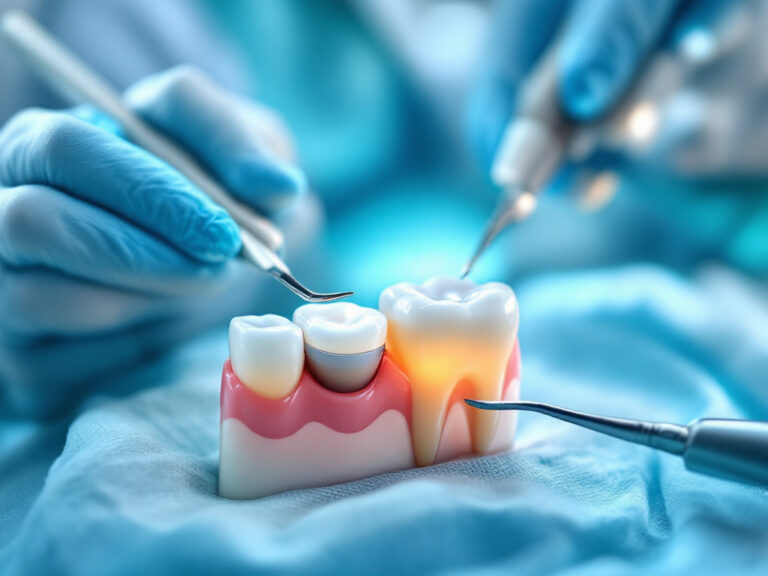Dental bridge replacement plays a crucial role in restoring your smile, chewing ability, and overall oral health. When you’re missing one or more teeth, a dental bridge fills the gap with false teeth (pontics) anchored to adjacent natural teeth or implants. By choosing the right bridge and following a well-planned treatment path, you can enjoy reliable bite function and long-term stability.
In this guide, you’ll learn everything about dental bridge replacement—from the fundamentals and candidacy factors to the procedural steps, aftercare, cost management, and how to integrate bridges into a broader full-mouth restoration plan. Whether you’re exploring fixed or removable options, comparing bridges to implants, or seeking modern same-day crown technology, this resource will help you make informed decisions and achieve lasting results.
Understand dental bridge replacement
Dental bridges consist of one or more artificial teeth fused to crowns on abutment teeth or supported by implants. When properly placed, they not only restore your smile but also prevent adjacent teeth from shifting out of alignment.
What is a dental bridge
A dental bridge spans the gap left by missing teeth. Key components include:
- Pontic: the false tooth or teeth that fill the space
- Abutments: natural teeth or implants on each side of the gap
- Connector: the structure that unites pontics and crowns
Your dentist may recommend a traditional bridge (crowns on both sides of the pontic), a cantilever bridge (single-sided support), a Maryland bridge (resin-bonded wings), or an implant-supported bridge. Each design addresses specific clinical needs and esthetic goals.
Why replacement matters
Missing teeth can lead to:
- Bone loss in the jaw over time
- Shifting of adjacent teeth, causing bite problems
- Difficulty chewing and speaking clearly
- Cosmetic concerns affecting self-confidence
By replacing missing teeth promptly, you preserve your smile’s integrity, maintain proper bite force, and reduce the risk of future restorative work such as bite correction dental treatment.
Assess your candidacy
Not everyone is an ideal candidate for a dental bridge. You’ll need a thorough evaluation to determine whether a bridge aligns with your oral health status and long-term goals.
Factors affecting eligibility
Your dentist will consider:
- Health of abutment teeth: teeth must be free of severe decay or advanced periodontal disease
- Jawbone quality: implant-supported bridges require sufficient bone density
- Age and growth: most providers avoid bridges in patients under 17 or 18, except Maryland bridges for certain pediatric cases [1]
- Overall health: conditions like uncontrolled diabetes or habits such as heavy smoking may affect healing
If your abutment teeth need repair, options include cavity repair and restoration, composite dental fillings, or porcelain inlay and onlay treatment to strengthen weak structures.
Alternatives to bridges
If bridges aren’t suitable, you might explore:
- Partial denture replacement for removable support [2]
- Dental implants for standalone fixtures [3]
- Custom denture fitting when multiple teeth are missing [4]
Discuss these options with your provider to find the best tooth replacement solutions for your lifestyle and budget.
Explore bridge types
Choosing the right bridge type ensures optimal function, esthetics, and longevity. Here’s an overview of the four main designs:
| Bridge type | Description | Ideal use case |
|---|---|---|
| Traditional | Crowns on abutment teeth with a pontic in between | Healthy teeth on both sides of space |
| Cantilever | Pontic supported by a crown on only one abutment tooth | Limited adjacent tooth availability |
| Maryland (resin-bonded) | Pontic with metal or porcelain wings bonded to abutments | Front teeth, minimal tooth preparation |
| Implant-supported | Pontic anchored to dental implants rather than teeth | Sufficient jawbone density, long term |
Traditional and cantilever
Traditional bridges offer strong support but require more tooth reduction. Cantilever bridges suit areas with only one available abutment but may exert more force on that tooth.
Maryland and implant-supported
Maryland bridges preserve more natural tooth structure but have a shorter lifespan. Implant-supported bridges fuse durability with bone preservation, often lasting 15 years or more [1].
Compare bridges and implants
When weighing dental bridge replacement against implants, consider longevity, cost, and clinical factors.
Lifespan and durability
- Bridge: average lifespan 5 to 15 years with proper care; some may last 30 to 40 years under optimal conditions [5]
- Implant: often 15 years or longer, preserves bone, and reduces future bone loss
Cost and insurance
- Bridges are generally more affordable upfront ($500 to $1,200 per pontic; three-unit bridges $1,500 to $3,600) and may be covered by many dental plans [6]
- Implants have higher initial cost and may have limited insurance coverage but lower long-term maintenance costs
When deciding, factor in your oral health, budget, and whether you’re a candidate for implants. A dental implant consultation can help clarify your options.
Plan your treatment
A well-organized treatment plan sets the stage for predictable bridge placement and a comfortable experience.
Initial consultation
During your first visit, your dentist will:
- Review your medical and dental history
- Perform a clinical exam and x-rays
- Discuss treatment goals and expectations
- Offer imaging of your bite and smile
If you need preparatory work, your provider may recommend root canal therapy services or gentle root canal treatment to address underlying issues.
Digital scans and same-day crowns
Modern offices often use CAD/CAM and intraoral scanners to capture precise digital impressions. This technology enables:
- Same-day crown fabrication for temporary or final restorations
- Reduced discomfort from traditional putty impressions
- Faster turnaround and fewer appointments
Digital workflows also integrate seamlessly into full-mouth rehabilitation plans such as our full mouth restoration program.
Undergo the procedure
Your bridge procedure typically unfolds over two or more visits, depending on technology and complexity.
Tooth preparation
- Abutment teeth are reshaped to accommodate crowns
- If decay or damage exists, your dentist will perform [tooth structure preservation] and restorations such as tooth filling repair
- Temporary crowns protect prepared teeth between appointments
Temporary restoration
A provisional bridge:
- Maintains chewing function and esthetics
- Guards against tooth sensitivity
- Guides gum tissue healing around pontic areas
Final placement
At your follow-up:
- The dentist removes temporaries and checks the fit of your permanent bridge
- Color match and occlusion adjustments ensure a natural appearance and comfortable bite
- The bridge is cemented or secured—if implant-supported, abutment fixtures are torqued into place
- You receive home care instructions and a schedule for professional checkups
In emergency situations, you can rely on emergency dental crown replacement services to restore a broken or dislodged bridge component.
Maintain your bridge
Proper aftercare maximizes the lifespan of your bridge and protects surrounding tissues.
Daily hygiene tips
- Brush twice a day with a soft-bristle brush around pontics and abutments
- Use floss threaders or interdental brushes to clean under the pontic
- Consider antimicrobial mouthrinses to reduce plaque
Professional checkups
Regular visits every six months (or as recommended) allow your dentist to:
- Inspect crown margins for decay or leakage
- Polish the bridge to remove stains and calculus
- Monitor gum health and occlusion
By staying vigilant, you can avoid bridge failure due to poor hygiene, injury, or decay [7].
Manage cost and coverage
Budget planning and insurance navigation help you access the restorative care you need without financial stress.
Insurance options
- Many dental plans cover a percentage of bridge costs if deemed medically necessary [8]
- Cosmetic-only procedures may require out-of-pocket payment
- Verify annual maximums and waiting periods with your insurer by requesting an estimate from your clinic
Financing solutions
If insurance falls short, consider:
- In-house payment plans or interest-free financing
- Personal loans or medical credit cards such as CareCredit
- Flexible spending accounts (FSAs) and health savings accounts (HSAs)
- Community programs offering sliding-scale fees for affordable restorative dentistry
By combining coverage and financing, you can proceed with confidence and manage predictable monthly payments.
Consider full mouth restoration
Dental bridge replacement often forms one component of a comprehensive smile makeover or functional rehabilitation.
Combining restorative services
You may integrate:
- Porcelain crown restoration for worn or cracked teeth
- Root canal therapy services for teeth with nerve damage
- Porcelain inlay and onlay treatment to preserve tooth structure
- Custom denture fitting or implants for extensive tooth loss
- Bite correction dental treatment to optimize occlusion and jaw comfort
Modern technology advances
Innovations like digital planning software, 3D printing, and same-day crown mills streamline full-mouth restoration. By leveraging these tools, your practice can deliver high-quality restorations with fewer visits and enhanced precision.
Talk to your dentist about how a coordinated approach can address all aspects of your oral health and esthetic goals.
Answer common questions
How long do bridges last
With diligent home care and professional maintenance, bridges average 5 to 15 years, though some traditional designs can endure 30 to 40 years under ideal conditions [5].
Will insurance cover it
Most plans cover part of a bridge when it’s medically necessary. Check your policy’s restorative dentistry benefits and discuss preauthorization for insurance covered dental restoration.
What about discomfort
Mild sensitivity or soreness is common during the first two weeks as gums heal and your bite settles. Over-the-counter analgesics and gentle rinses help manage discomfort. If pain persists, contact your dentist—issues like high spots or loose cement can be resolved quickly, and services such as cracked tooth repair service ensure your comfort and function.
By following this guide on dental bridge replacement, you’re well on your way to a reliable, esthetic solution for missing teeth. With modern materials, same-day technology, and a comprehensive care plan, you can restore your smile and oral function with confidence.
References
- (Cleveland Clinic)
- (partial denture replacement)
- (dental implant consultation)
- (custom denture fitting)
- (Cleveland Clinic, Riviera Dental Care)
- (Holyoke Mall Dental)
- (Colgate)
- (Humana)

